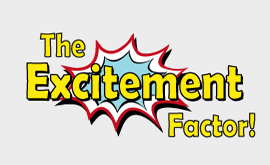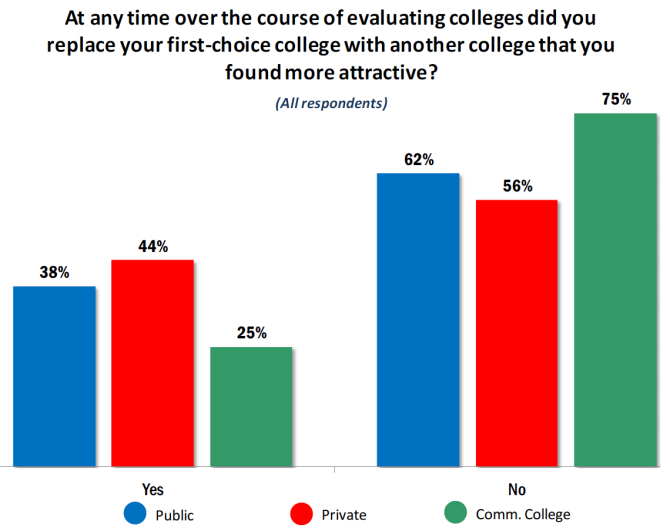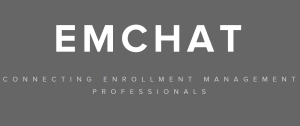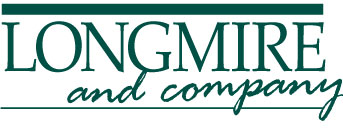[This is the second in our two-part series on the use of psychographic segmentation to frame your communications with prospective students.]
Psychographic segmentation is an effective strategy that can be indispensable in higher education and can impact every stage of your funnel. Using this approach can be a very powerful tool in your mass marketing efforts and will make the conversations that your counselors have with students far more meaningful and persuasive.
In Part 1, we focused on segmenting students by their fact-based or excitement-based decision making. Now, let’s delve into psychographic segments based on students’ personality traits; how the relationship between specific personality types are associated with what they desire in a college and what communications strategies are most successful in moving the needle of their excitement.
What can you learn from psychographic segmentation?
The 12,000 students who participated in our newly-released study, The Excitement Factor!, identified their personality traits for us. Then, we asked them to specify what they want in a college.
Through statistical analysis, we uncovered four distinct personality types. We labeled them as follows:
- Warm and trusting (23%): Easygoing, warm, caring and trusting
- Assertive extrovert (19%): Spontaneous, risk-taker, assertive, social and extroverted
- Skeptical introvert (40%): Private, introverted and skeptical
- Analytical perfectionist (18%): Analytical, ordered and a perfectionist
We also explored the associations of those segments with the type of college students say they most desire.
- Warm and trusting: Career-oriented, friendly, values, safe, personal and affordable.
- Assertive extrovert: Social, career-oriented, fun, exciting, friendly, values, safe, personal, affordable and sports.
- Skeptical introvert: Diverse and liberal.
- Analytical perfectionist: Prestigious, challenging and well-known.
In addition to analyzing the association between personality type and desired college environment, we examined associations with personality types and the most effective communications methods. For example, we found that “warm and trusting” types are more responsive to Facebook than any other personality group. And, whereas both “warm and trusting” and “assertive extrovert” types will respond positively to text messages from a college, the “analytical perfectionist” will likely be turned off by that style of communication.
Imagine the power of knowing the personality traits of each student in your funnel. Admissions counselors can have a fuller understanding of each student they talk to so they can serve them best. They can know what they want and why. They can know how an individual student makes decisions and how to frame a value proposition that will most resonate with that person. A college that gathers this information early in the recruiting cycle (for instance, now for the Class of 2016) can tailor every communication with a prospective student in a highly-personalized way that will dramatically improve the quality and richness of your communication with them.
To do this, many of of the colleges we work with use our Yield Enhancement System (YES) to uncover buying decision and personality-type segmentation. The intelligence uncovered is highly-valuable at every phase of the recruiting cycle, including the final weeks of the yield season. Some admission offices successfully use this information for more effective one-on-one interactions. Others fully-integrate the information into all communications by attaching a segment code to each record in a CRM system, thereby providing the trigger to drive specific types of appeals delivered through conversation, email, on-campus interactions, and so on.
The release of The Excitement Factor! is creating a great deal of thought-provoking discussion among enrollment managers and higher education marketing professionals. The project uncovered a wealth of highly valuable information on how your ability to create student excitement about your college can drive your enrollment. You can DOWNLOAD the report now.
Continue the conversation on Twitter @LongmireCo. For more information about Longmire and Company’s Interactive Counselor Training Program, click here. Be sure to Subscribe to Versions of Conversion today so you don’t miss any of this highly-valuable information.
 Bob Longmire is President of Longmire and Company, Inc. He is a recognized expert on the topic of how prospective students and parents form their college selection decisions – and how colleges can use that knowledge to grow and control their enrollment. He can be reached at (913) 492-1265, ext 709 or at blongmire@longmire-co.com. Connect with Bob at Linkedin/in/boblongmire.
Bob Longmire is President of Longmire and Company, Inc. He is a recognized expert on the topic of how prospective students and parents form their college selection decisions – and how colleges can use that knowledge to grow and control their enrollment. He can be reached at (913) 492-1265, ext 709 or at blongmire@longmire-co.com. Connect with Bob at Linkedin/in/boblongmire.






